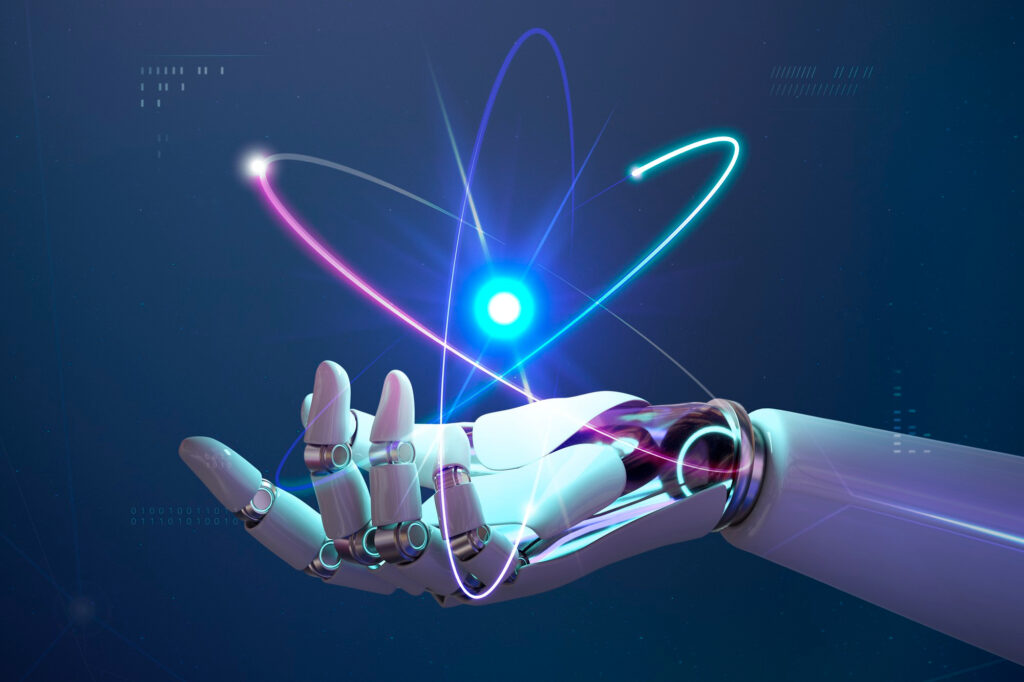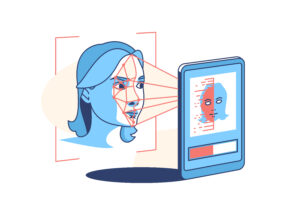Document processing can be tedious and time consuming when done manually. It requires manpower which you need to pay to complete the tasks of data entry or ID verification. With these problems came a handful of solutions like natural language processing (NLP), artificial intelligence (AI), neural networks, and optical character recognition (OCR) which help organizations automate processes to boost efficiency and productivity and to reduce costs.
Neural networks are a series of algorithms or computer systems that are modeled on the human brain, neurons and the human nervous system. On the other hand, natural language processing (NLP) that uses artificial intelligence (AI) helps machines understand and interpret the human language via machine translation, chat bots, voice assistants, etc.
Here are the advantages of the following technology:
-
Optical Character Recognition (OCR) –
This technology is an efficient process of converting an image text or scanned documents for instance, into a machine-readable data text format. OCR software can use artificial intelligence (AI) in order to carry out advanced character recognition or a simple text recognition as an example.
OCR works in a way that it uses a combination of both software and hardware to convert a scanned document or an image to a machine-readable text, which allows users to format or edit that document if it is necessary to do so.
-
Intelligent Document Processing (IDP)
This technology uses available unstructured data (like claims, invoices, forms, etc.) by utilizing both AI and OCR in order to convert these data into usable information which are valuable to your organization.
IDP is important as it boosts the effectiveness and efficiency of your business processes. This automated solution is cost-effective and it offers a promising return of investment. Also, it reduces the risk of error, compared when validating data is manually done by a human person.
-
Text detection
This technique deals with detecting or finding text from a picture image and enclosing the text/s using a rectangular box. Text detection functions using frequency-based approaches or algorithms for the purpose of annotating or categorizing text and non-text images.
Analyzing if an image contains text or not is an important component of text detection. The technique is beneficial for users to understand image contents and other valuable information.
-
Insurance Claims Processing
Insurance claims processing can be very tedious if done manually. With the use of Optical Character Recognition (OCR) technology, most insurance companies benefit from this automated program because it helps the users a lot by minimizing risks for human error and delivering accuracy in validating information and identity verification.
OCR helps the insurance industry to thrive by reducing its costs for ensuring minimal errors, saving time instead of manually scanning documents necessary for insurance claims processing documents are digitized for easier access.
-
Driver License OCR
The purpose of this technology is finding and extracting data (text or name, numbers or birth date, issuing and expiration date of the card, and identification number) from the owner of the driver’s license. Driver license OCR uses recognition algorithms to classify, extract, and recognize structured and unstructured data from any driving license in any country, city, or state.
Scanning a driver license using OCR technology is quick and easy to perform. It ensures the security and accuracy of data gathered and it is more reliable than humans performing ID verification because it is less prone to error.
-
Machine Learning OCR
Processes data of digitized images to make it readable by the machines. It helps in processing and extracting data (whether typewritten or handwritten) from digitized images of documents used for the purpose of data verification, face recognition and validation. This technology utilizes Artificial intelligence to handle complexity.
It is a very helpful tool for users–businesses or individuals to aid their documents processing and data verification> It helps their work by making it faster and more accurate.
-
Document Classification
Document classification is a form of NLP or natural language processing, document classification, from the name itself, is one example of a machine learning that is a process of classifying text, assigning one or more categories and classes to a document so that it could be easier to sort and manage instead of categorizing manually.
-
Document Classification Machine Learning
Document classification machine learning uses an advanced AI Machine Learning algorithm in the form of Natural Language Processing (NLP). By classifying text, we are aiming to assign one or more classes or categories to a document, making it easier to manage and sort, find, analyze or filter a document.
-
Invoice Processing
Invoice processing is now automated, thanks to OCR technology–it is no longer time consuming when the information extraction requires just the OCR to recognize the numbers and text from a digitized or scanned document or an invoice in PDF that is converted to machine-readable format, which the user can search or edit.
Users benefit from invoice processing OCR by automating the processes which saves time and increases efficiency, reducing cost by eliminating the need of hiring a human to do the manual processing task, and allow users to access better storage for their invoices.
-
Invoice Processing Automation
Invoice processing automation is the automated processing of invoices which is a critical aspect of running a business. This technology works by extraction of invoice data to input the information into your system and automatically pays supplier invoices. The smart automation allows inclusion of the matching price, data entry into the system, management of purchase orders and payments transfers. IT streamlines your accounts payable workflow to boost efficiency and to prevent error rates with manual data entry.
-
Data Extraction
Data extraction is the process of retrieval and collection of data and store them in a place in order to use these data for further analysis. It turns unstructured and semi-structured data and converts them into a structured data that yields invaluable insights which are useful for analytics, reporting, and automation of business processes like the automated invoice processing, record keeping, and compliance checks as examples.
Data extration is a cost effective, faster, and accurate method compared to manual entry of information.
-
OCR Robot
OCR robots are utilized in robotics. The robots are able to understand a text so it can handle the items. For instance, the robot reads the label of an item and it will know where the item should be placed.
To categorize products on the shelves, retail businesses use robots to identify if the product is good for selling or it is time to discharge the item. Robots are programmed to read the text on the label of items. It will decide to keep or discharge the item if the expiration date is okay or not okay.
-
Tax Forms OCR –
You already know that OCR technology identifies text from digitized forms, documents, and images. Tax forms OCR are applications which can be utilized to sort tax forms or archive them. It uses the classification technology and automates data entry by its feature capable of character recognition. It is automatically enabled to read fields of digitized forms.
It also uses artificial intelligence and natural language processing to interpret text and extracted data.
-
Mailroom Automation
Mailroom automation is the virtual nerve center of communication in your business or the organization. Since customers always expect prompt responses when they ask questions about your products and services, they also want accuracy with the information they receive from responses. Also, they are always in a hurry so they prefer automated transactions that are faster and seamless. Mailroom automation uses the combined capabilities of natural language processing and machine learning to use the advanced recognition method to capture handwritten or typewritten text in 140 languages.
This technology is used for automation accurate data routing, saving you time, money, and effort compared to human intervention.
Digital Mailroom Automation extracts and verifies data from your incoming business mail and turns it into structured data that is invaluable for the company or the organization. This automation technology also features a capability of handling complex, multi-paged documents with repetitive sections and progressive tables.
-
ID OCR
We already know how optical character recognition functions and how it us used especially in ID verification. All the data from the ID are converted into machine-readable text which will be used for data entry and validation of information. Firstly, the ID is scanned; second, a digitized image is being analyzed; and lastly, the data will be translated into codes.
The benefits of using this ID OCR technology includes the following: it is time-saving as it eliminates the manual data entry of details on database, it is cost-effective since it does not require you to hire an additional manpower to complete the task of ID verification, and accuracy of the service, which reduces manual errors.
-
Document Processing –
OCR in document processing automation is an advanced technology that involves pattern recognition and feature detection to verify scanned documents. It is a solution for document processing because the automation makes the processes efficient and it improves productivity.
-
Document Recognition –
Document Recognition using OCR technology classifies documents (electronic and paper) into various document formats or types. It uses OCR to capture data and compare with information already stored in LUTs or lookup tables.
The Takeaway
The advanced technologies of natural language processing (NLP), artificial intelligence (AI), optical character recognition (OCR) and similar neural networks are breakthrough innovations that provide solutions to problems in documents processing. The tools boost efficiency and productivity as they produce better and accurate results compared to manual processing by humans. The application of these tools on business processes is beneficial to users and the company because these are cost-effective, reliable, and time-saving.






